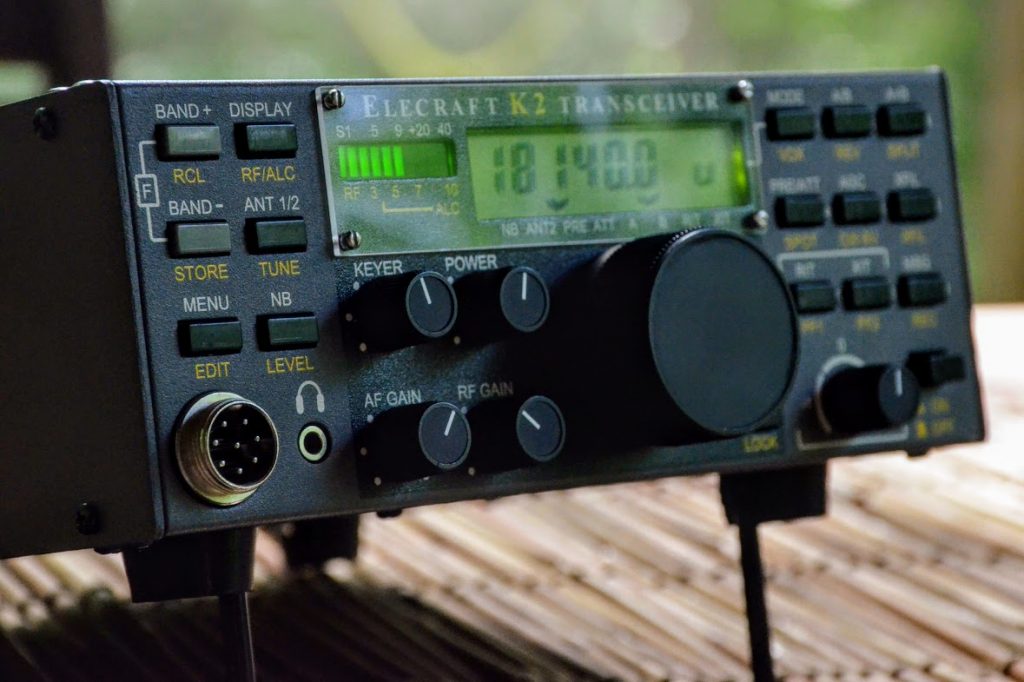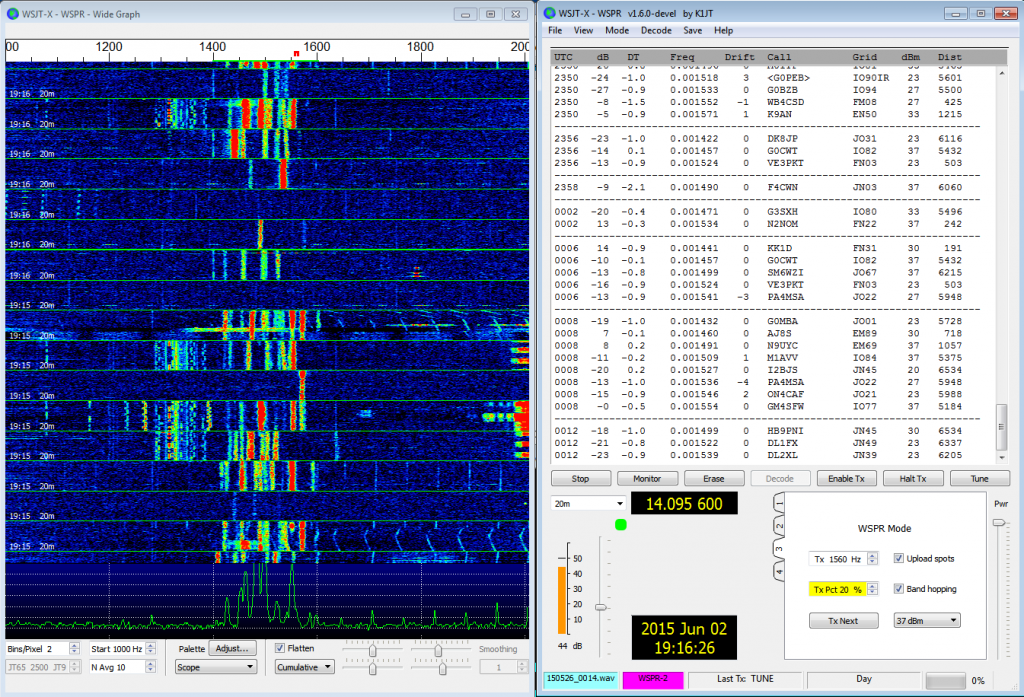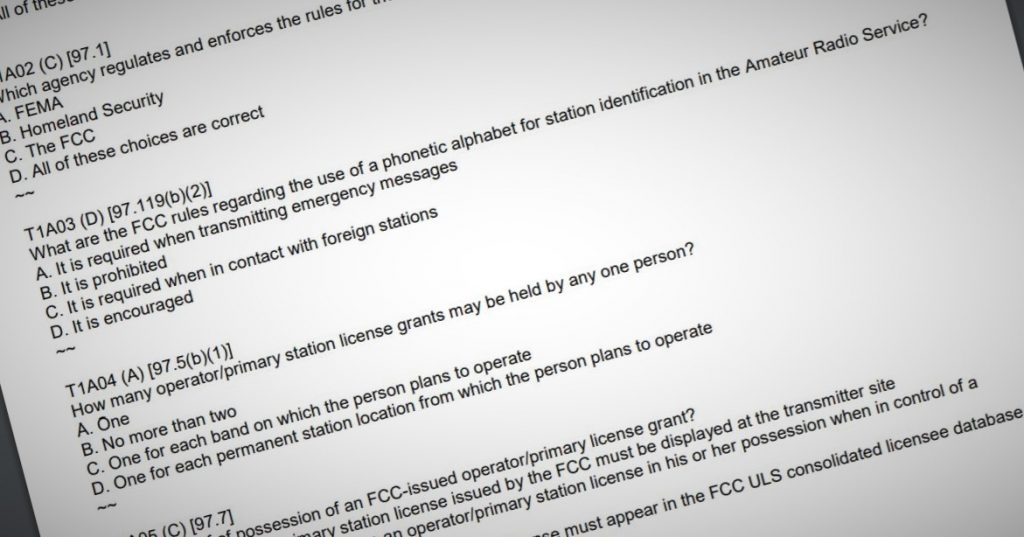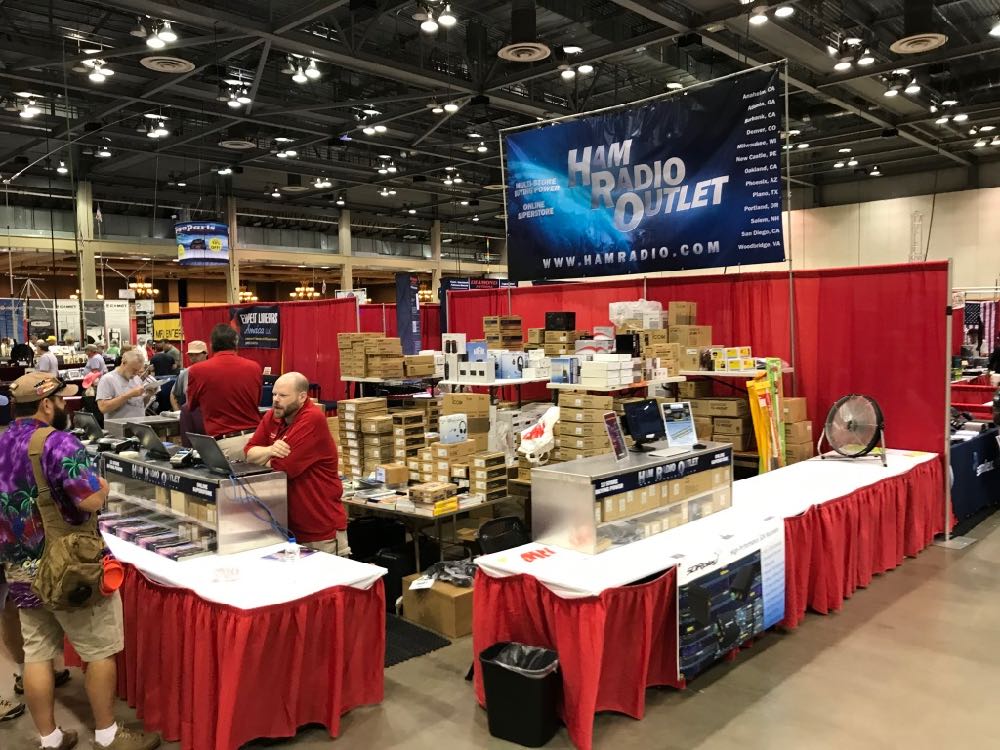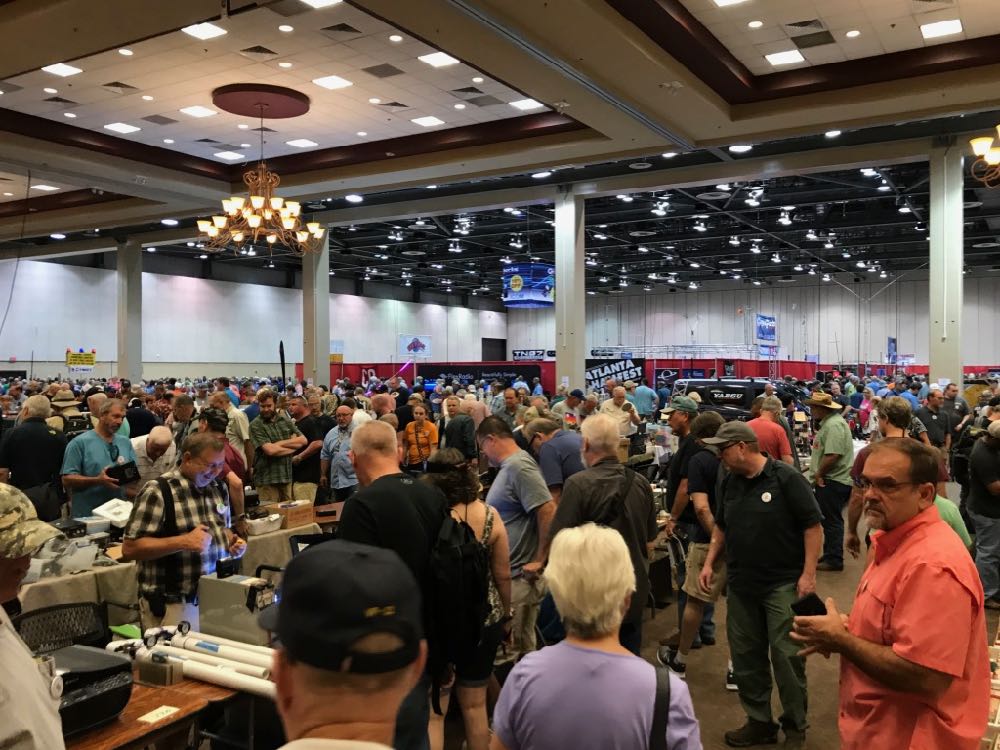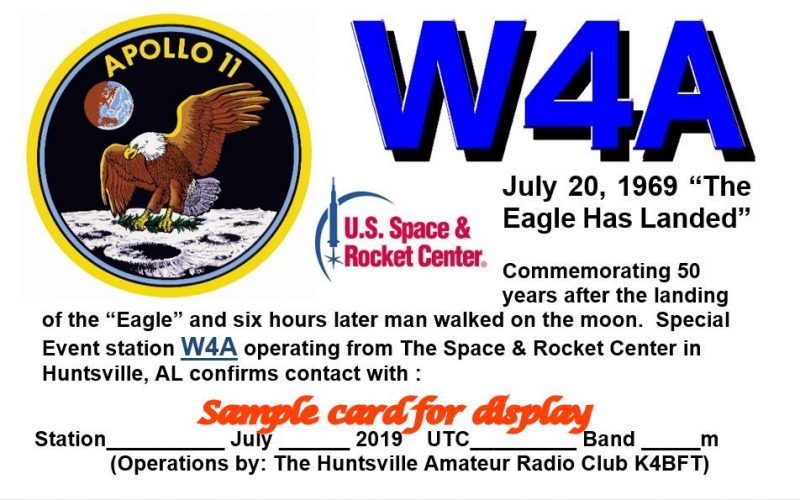I think this is a brilliant story from the CBC:
Almost every morning and night, Therese Mair can be found sitting on her favourite chair in her living room, in front of a ham radio.
Mair lives in Georgetown, P.E.I., but by fiddling with a dial and searching through static, she can speak with people from around the world.
On a recent evening, Mair reached someone on a ship in Scotland, who — to her delight — struck up a conversation.
“The main thing I’m hoping for is a connection with somebody else — even just for a few minutes,” Mair said.
“There’s no pressure at all. We’re never going to meet. So it’s just a chance to talk with somebody else from a different part of the world.”
As a self-described introvert living alone in a small town, Mair says amateur radio has opened a social part of her life she didn’t know existed.
It has also allowed her to meet people, free of judgment, she says.
“I don’t think I’m a normal person at all, and so finding ways of connecting with people face-to-face hasn’t always been the most successful,” Mair said.
“Once I come home from work and close my doors, I don’t really communicate with people very much at all. The radio is a way for me to make that connection without being judged at all.”
She first picked up her hobby in 2017, after hearing that ham radios were the only way people in Puerto Rico could communicate in the devastating aftermath of Hurricane Maria.
Mair says speaking with people around the world through her radio reminds her that there are caring people everywhere, “no matter what the news brings.”
“There are all these people around the world; they just want a human connection, just for a few moments, and then that fills you up, makes you feel really good.” she said.
“And then — great. On with the rest of the day.”
Click here to read this story and listen to the interview.

